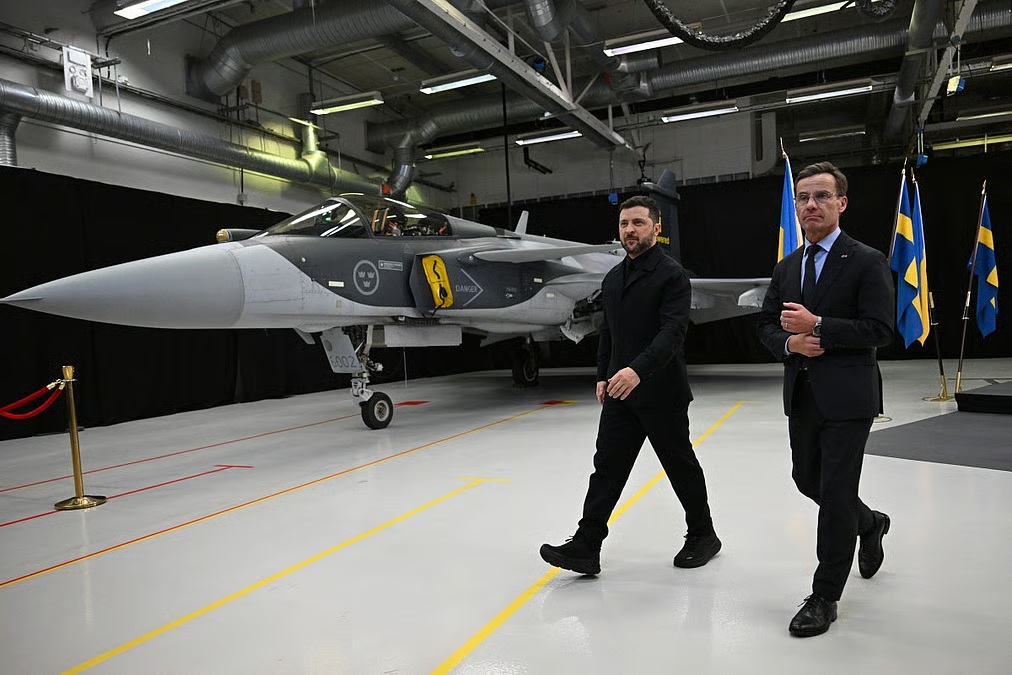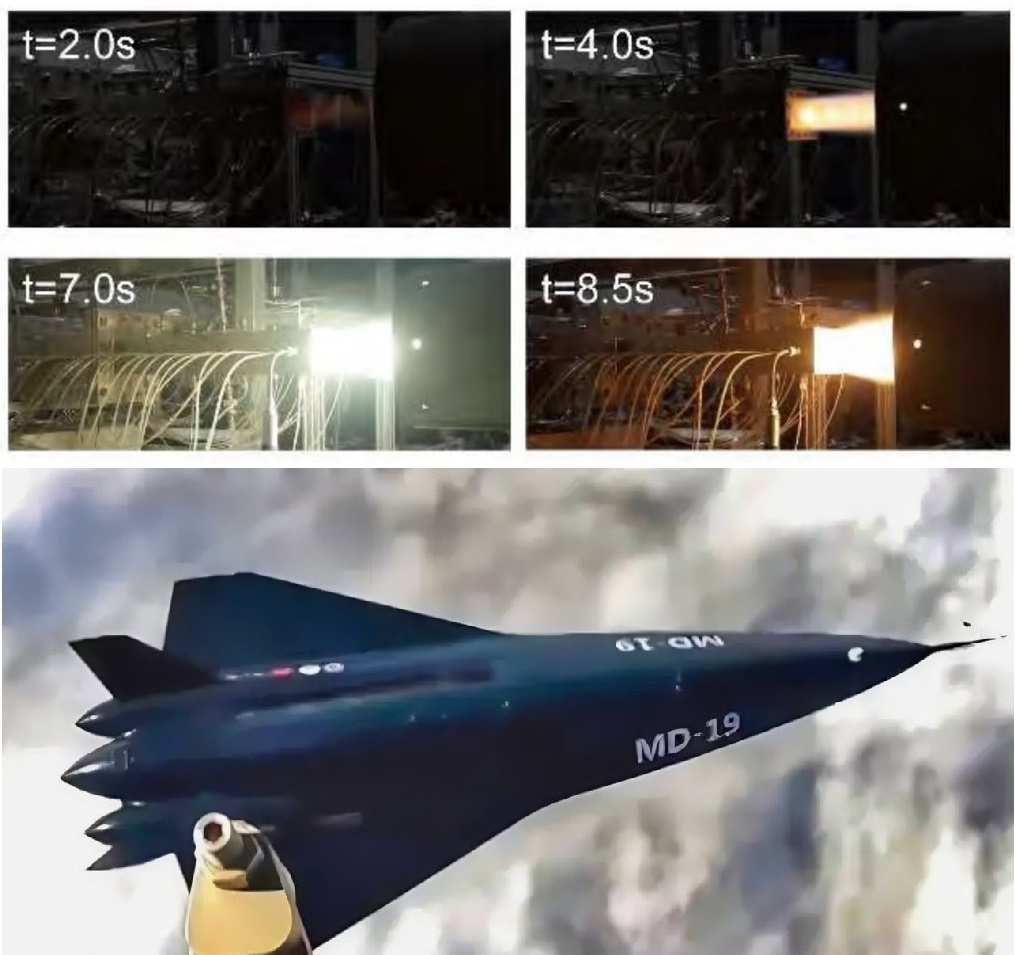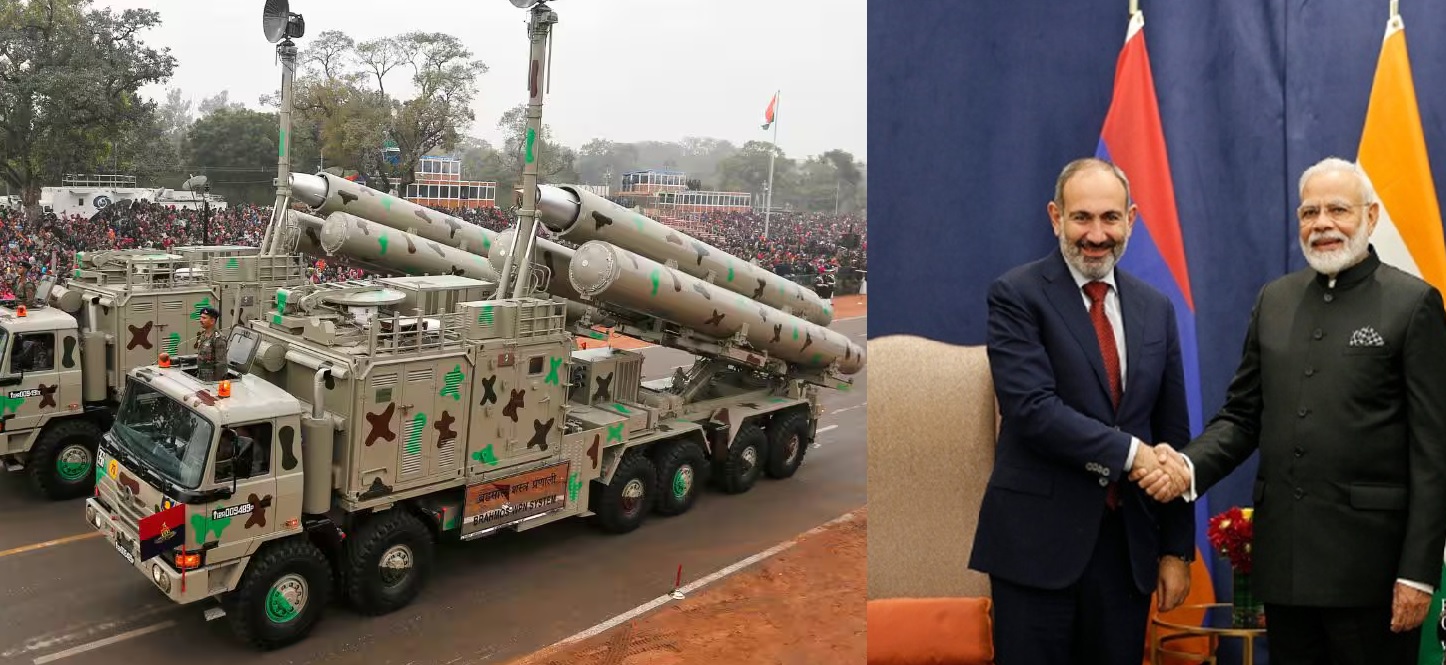Sweden and Ukraine in Advanced Talks Over Gripen E Fighter Deal, Up to 150 Jets Under Consideration

Stockholm, November 2025 — Sweden and Ukraine are intensifying negotiations on a landmark defense agreement that could see Kyiv acquire as many as 150 JAS 39 Gripen E fighter jets, in what would become Sweden’s largest-ever aircraft export deal. The discussions, confirmed by Swedish Defence Minister Pål Jonson in an interview with Reuters, signal Stockholm’s growing role in shaping Europe’s long-term security landscape amid Russia’s ongoing war in Ukraine.
A Strategic Partnership Takes Shape
The talks stem from a long-term cooperation agreement signed in October, which outlined the framework for Sweden’s military assistance and industrial collaboration with Ukraine. At its core lies the potential export of the Gripen E, Sweden’s latest-generation multirole fighter developed by Saab AB.
While the exact value of the proposed deal remains undisclosed, a recent comparison underscores its scale: Thailand’s purchase of just four Gripen jets for 5.3 billion Swedish crowns ($563 million) earlier this year suggests that a 150-aircraft acquisition could be worth tens of billions — a sum far beyond Kyiv’s wartime budget.
Yet, Sweden appears willing to shoulder part of the cost. “The financing is moving forward, and we’re working closely with the Ukrainian side,” said Jonson, noting that Sweden is exploring multiple funding avenues, including export credits, frozen Russian assets, and direct military aid.
Financing the Future: Sweden’s Aid and EU Assets
Sweden’s government has already allocated 40 billion Swedish crowns (approximately $3.7 billion) in its 2026 budget for Ukraine-related aid — with a similar sum expected again in 2027. According to Jonson, portions of this could be directed toward the fighter deal.
Another proposal under discussion involves leveraging frozen Russian assets, valued at nearly €200 billion across the European Union, to finance defense assistance to Ukraine. Stockholm has been one of the strongest advocates for using those funds, arguing that they should directly contribute to Ukraine’s reconstruction and military resilience.
In parallel, Sweden has presented the concept to a coalition of 16 European countries, informally known as the “coalition of the willing”, which coordinates defense support for Kyiv. Some of these nations — particularly the U.K., whose companies produce components for the Gripen, and the U.S., which supplies the General Electric F414 engine — may also participate financially or industrially in the program.
The Gripen E: A Fighter Built for Survival and Affordability
The Gripen E represents the most modern variant of Saab’s storied Gripen family. It’s designed for nations seeking high capability without the extreme operational costs associated with fifth-generation fighters like the F-35 Lightning II.
Powered by a GE F414G turbofan delivering around 98 kN of thrust, the Gripen E boasts a maximum takeoff weight of 16,500 kg, a combat radius of approximately 800 km, and a top speed exceeding Mach 2. It supports up to 10 external hardpoints, allowing a mix of air-to-air, air-to-ground, and electronic warfare payloads.
One of its defining features is its adaptability — it can take off and land on short, unprepared runways, making it ideal for Ukraine’s dispersed basing strategy under wartime conditions. Saab emphasizes that the aircraft’s low maintenance demands and rapid turnaround times allow it to sustain high sortie rates with minimal ground crew — a crucial advantage for a country under continuous threat.
Industrial Capacity and Delivery Prospects
Saab has confirmed that it can expand Gripen production to meet major new orders. The company currently manufactures the E-series at its facilities in Linköping, Sweden, and at a secondary assembly line in Brazil, where the aircraft is being produced for the Brazilian Air Force.
Prime Minister Ulf Kristersson, speaking in October, described the potential Ukraine deal as “very realistic” but acknowledged that first deliveries could take about three years. Saab, for its part, is examining ways to increase output capacity and potentially establish a maintenance or assembly partnership with Ukraine itself to support long-term operations.
A Coalition Deal Beyond Borders
Analysts suggest that Sweden’s initiative could evolve into a multi-nation procurement program, with European allies financing or co-producing parts of the system. “Countries that already manufacture subcomponents of the Gripen system have clear incentives to participate,” Jonson explained, citing British-made electronics and U.S.-built engines.
Such a model mirrors the “F-16 coalition” approach that saw several NATO countries contribute aircraft and training to Ukraine’s Air Force earlier this year. The difference, however, lies in the Gripen’s affordability and its political symbolism — a European jet, built by a non-NATO country, strengthening Ukraine’s defense against Russia.
Strategic Implications for Europe
If completed, the Gripen deal would mark a historic shift in European defense collaboration. It would secure Ukraine a modern, sustainable fighter fleet while cementing Sweden’s emergence as a major defense exporter just months after joining NATO.
For Saab, the contract could transform its order book overnight and accelerate technological partnerships across the transatlantic defense ecosystem. For Ukraine, it would provide a long-term solution to defend its skies with a platform tailored for cost-efficiency, survivability, and independence from U.S.-centric supply chains.
Despite the optimism, officials caution that several hurdles remain — including formal export approvals, detailed financing arrangements, and the establishment of pilot training and maintenance infrastructure.
However, as Pål Jonson noted during Ukrainian Prime Minister Denys Shmyhal’s visit to Stockholm this week, momentum is clearly building. “We are moving forward together,” he said. “This is not only about jets — it’s about securing Ukraine’s future defense for decades to come.”
✍️ This article is written by the team of The Defense News.






